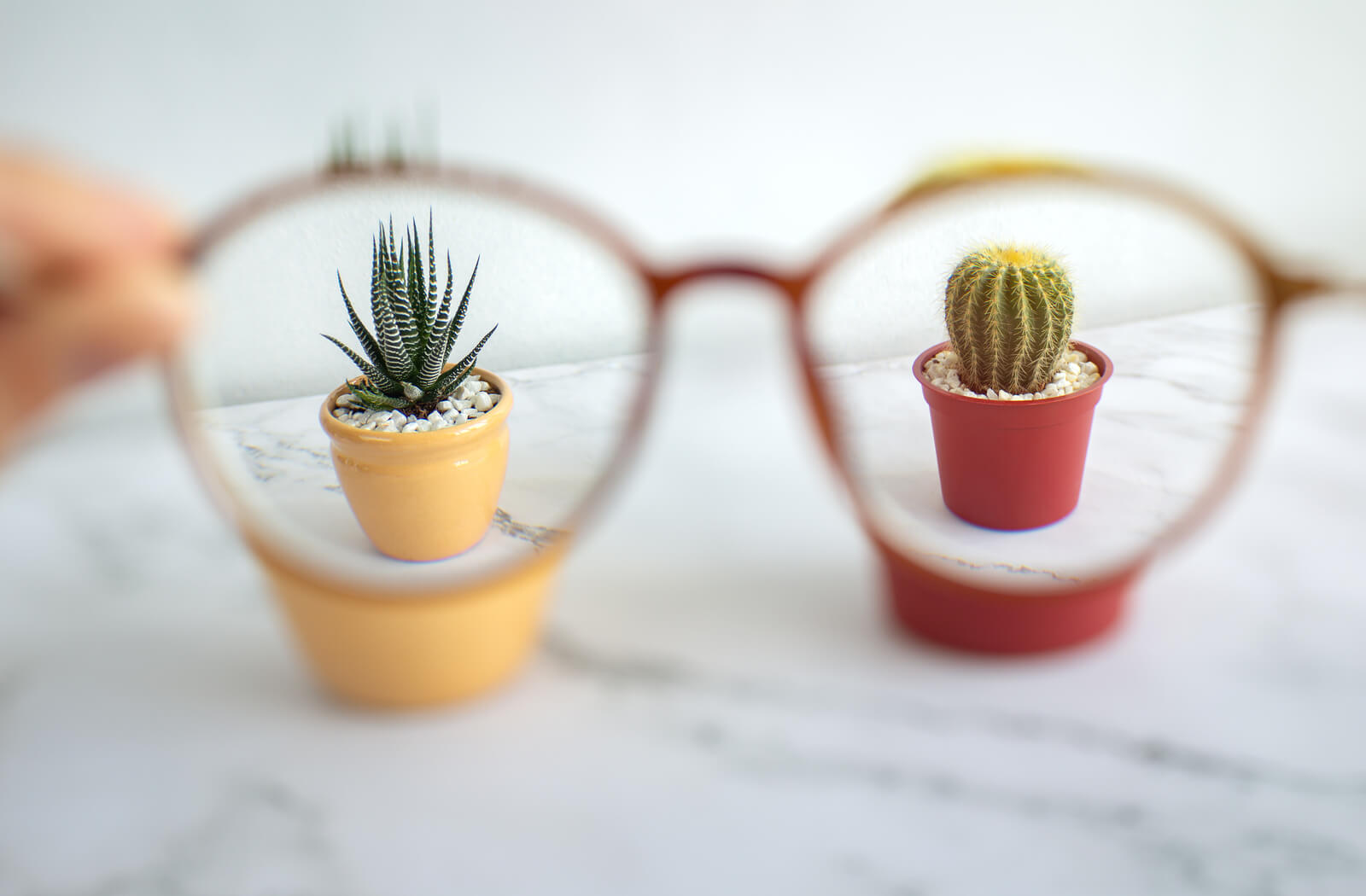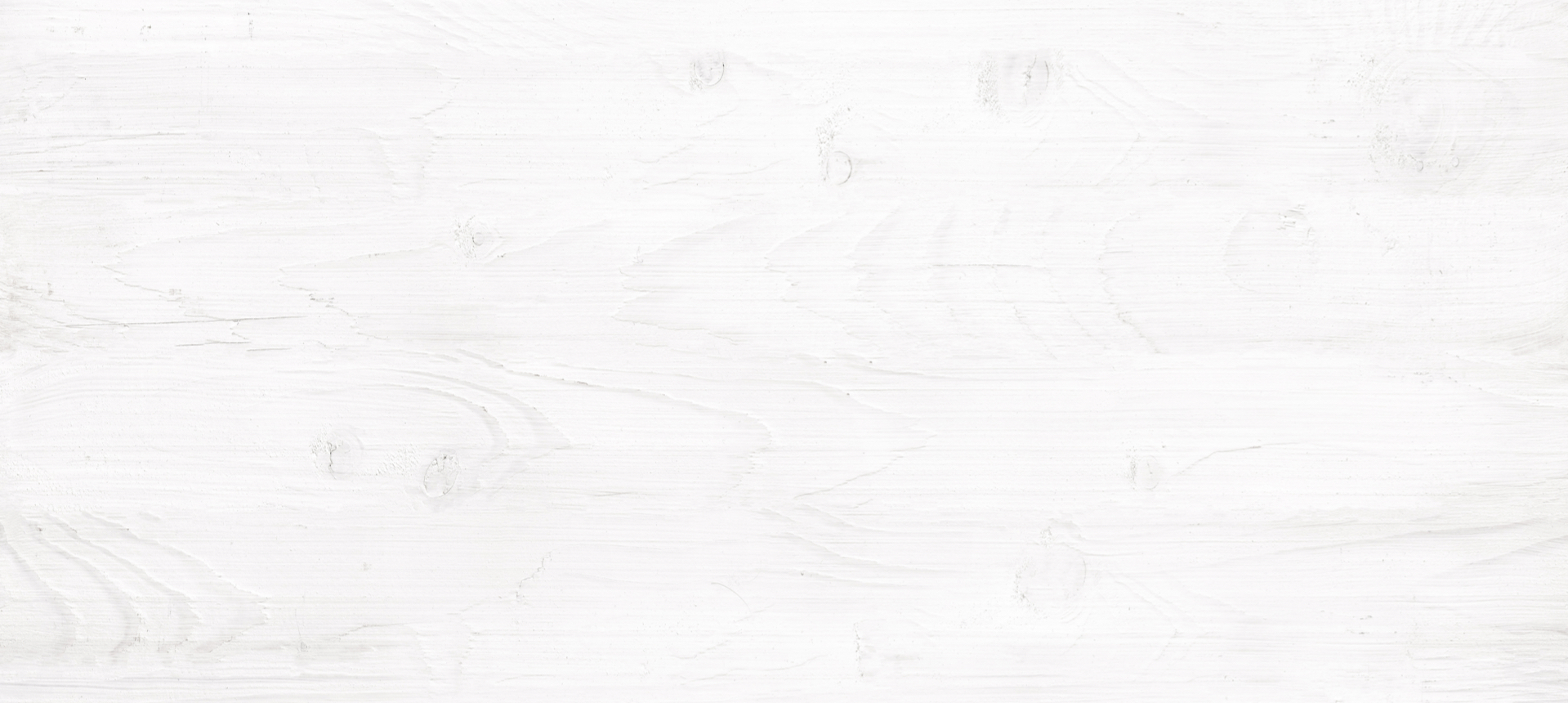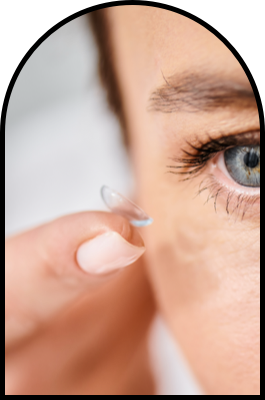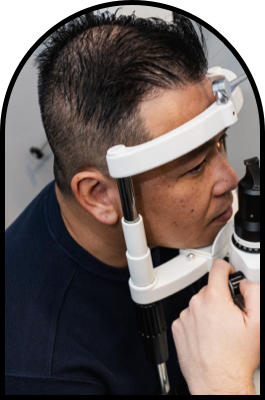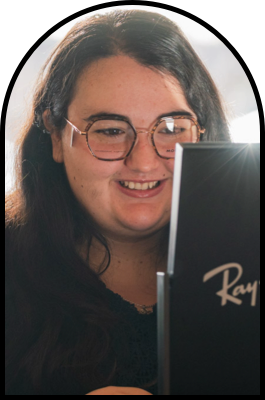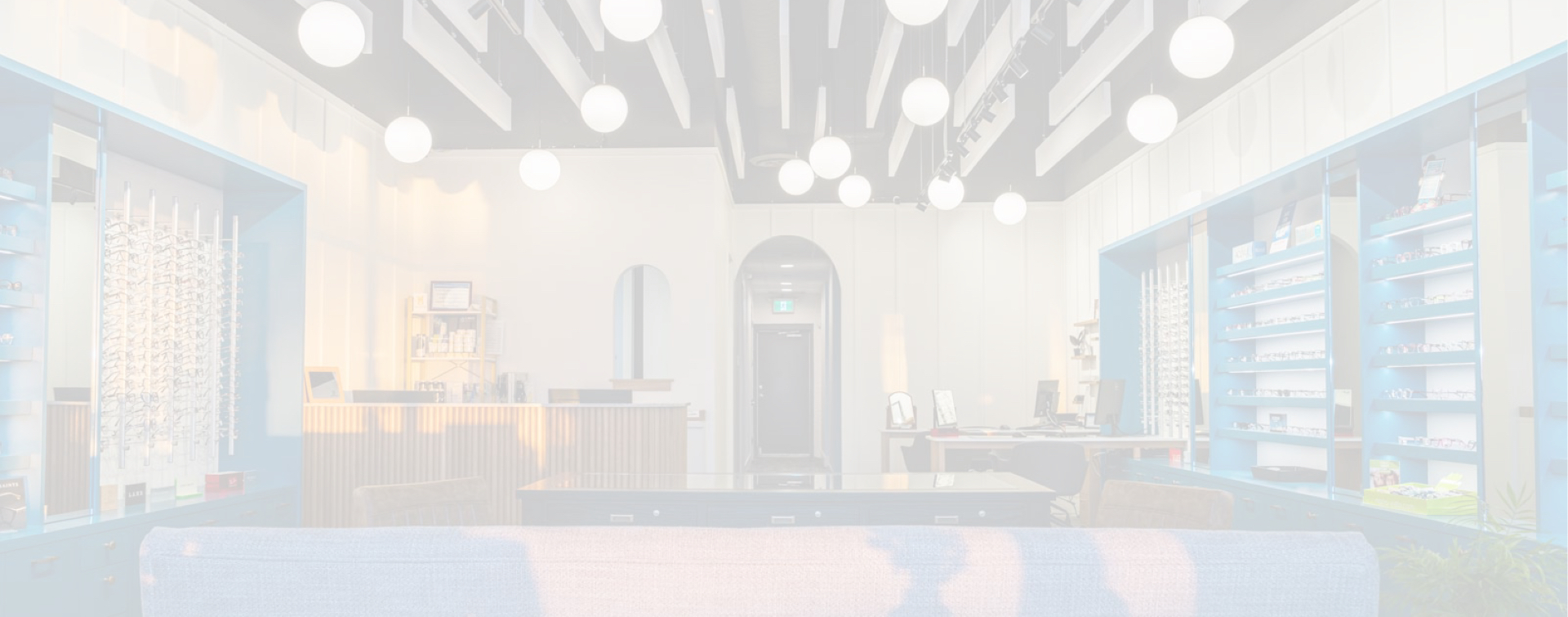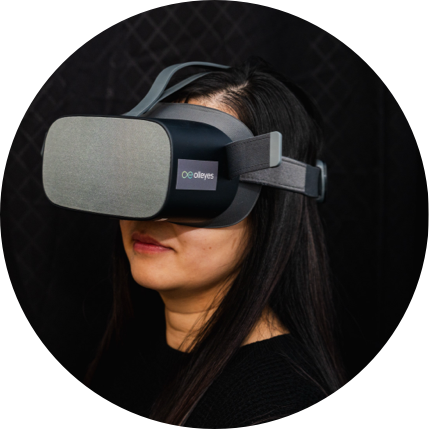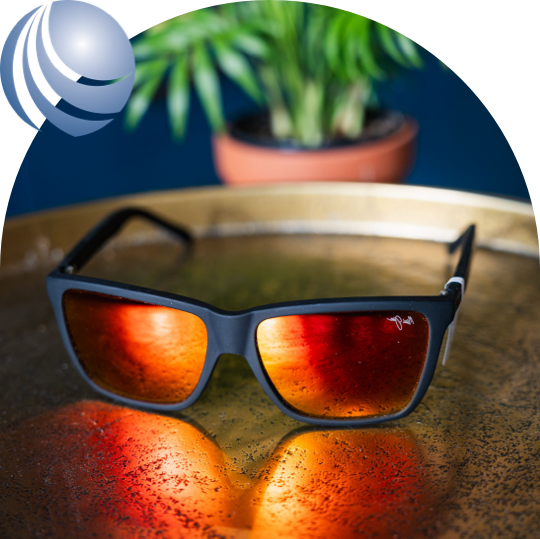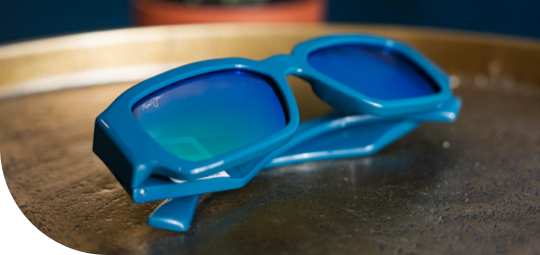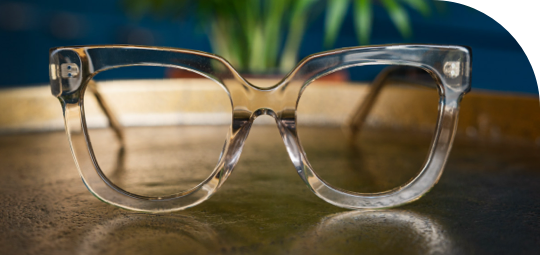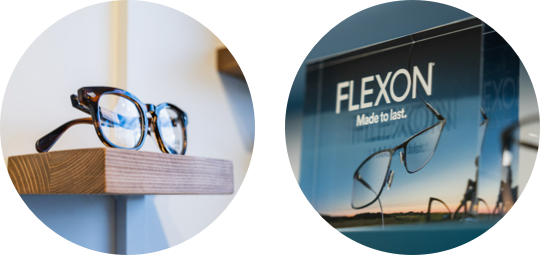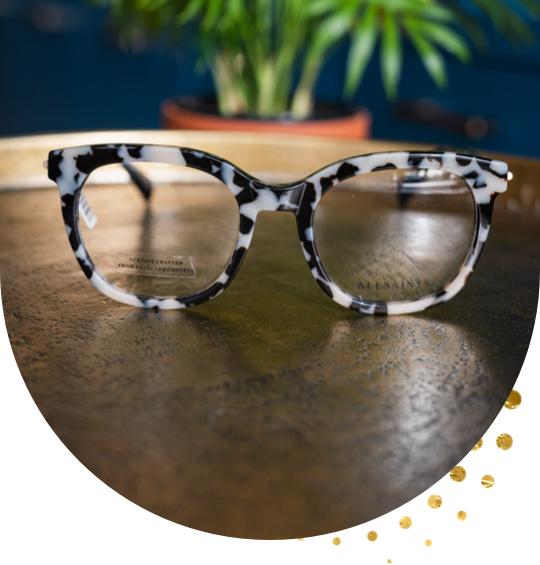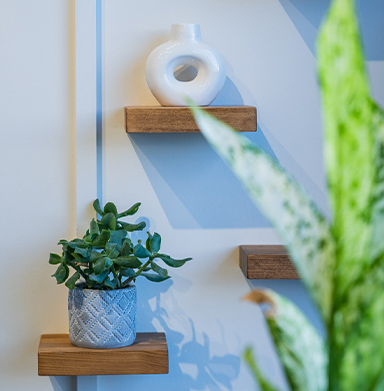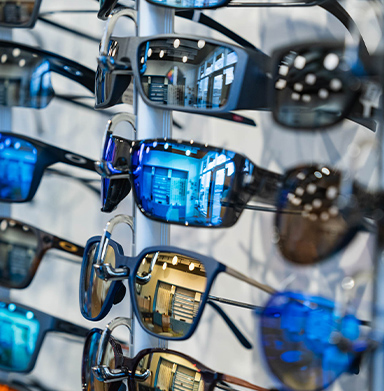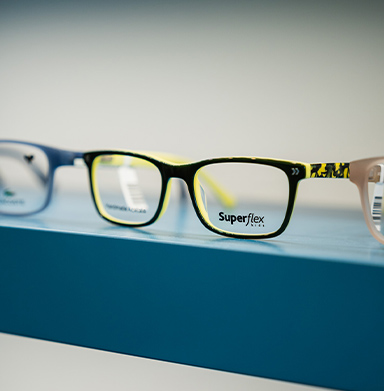Vision care starts at a young age, and managing eye conditions that typically develop from childhood, such as myopia, is essential. Consistent eye exams can help your optometrist stay familiar with your children’s ever-changing vision.
Let’s explore myopia, some symptoms, and 3 treatments to help reduce myopia progression.
What Is Myopia?
Myopia, also known as nearsightedness, is a vision problem that usually develops in childhood and worsens until adulthood.
Myopia causes far-away objects to appear blurry and occurs when the shape of your eye causes light rays to bend incorrectly due to elongation or too much curvature. This incorrect refraction focuses images in front of the retina instead of on the retina.
Myopia is a common condition affecting nearly 30 percent of Canadians. While myopia causes distant objects to appear blurry, closer objects remain clear and sharp in your field of vision.
Some other common symptoms of uncorrected myopia can include:
- The need to squint to see clearly
- Headaches caused by eyestrain
- Difficulty seeing while driving at night
- Blinking excessively
- Rubbing eyes frequently
Myopia tends to run in families and can develop due to genetics. If a child’s parent is nearsighted, the risk of myopia development is increased.
If your child has mild myopia, you may not notice any symptoms at all. Regular eye exams can help detect myopia, and from there, you’ll be able to explore your treatment options.
A children’s eye exam can allow your optometrist to look for signs of myopia and, if diagnosed, can work together with you to develop management strategies to control it.
Managing Myopia Progression
Myopia management involves slowing its rate of progression. Children with untreated myopia are at a higher risk of developing high myopia, which may lead to various vision problems such as cataracts, glaucoma, and retinal tears.
There are various methods used to control myopia progression.
Specialty Contact Lenses
Specialty contact lenses such as MiSight myopia control lenses and ortho-k can help slow the progression of myopia.
Ortho-k lens treatment can be done at home, under parental supervision. The lenses are inserted every night and removed in the morning to allow your child to have clear vision throughout the day. Ortho-k lenses can help optimize the myopia control effect and personalize it for your child.
MiSight myopia control lenses are disposable soft contact lenses and are personalized to your child’s unique prescription. Soft lenses are usually easier for your optometrist to fit and are easily replaced.
Prescription Eye Drops
Your optometrist can prescribe atropine eye drops to help slow the progression of myopia.
Atropine eye drops showed the lowest rebound effect. They were the most effective concentration to reduce the progression of myopia at 3 and 5 years.
Your optometrist can conduct a comprehensive eye examination and determine if your children are a fit for atropine eye drops.
Multifocal Glasses
Multifocal glasses can help slow the progression of myopia. Multifocal lenses contain multiple prescriptions for near and far vision. The top portion of the lens helps for far-away objects, and the bottom section helps with close work.
The bottom portion of the lens can eliminate the focusing effort needed for close-up work, which can contribute to myopic progression.
Zeiss MyoVision lenses are also an excellent option for myopia control. These lenses are specially designed for children’s lifestyles and unique visual needs.
Zeiss MyoVision lenses feature a freeform optical design optimized for myopic children. The lenses ensure that that image is projected onto the retina for optimum vision but also feature myopic defocus in the periphery for comfort and myopic control.
Finding a suitable myopia control method for your child is essential. Your optometrist can help answer any questions or concerns you may have.
Slowing the Progression of Myopia
It’s essential to remain consistent with eye exams and treat myopia early. Early myopia management contributes to a higher quality of life and allows you and your children to enjoy the finer details of life.Book an appointment with your optometrist today to learn more about myopia control methods and find the right solution for you and your children.


